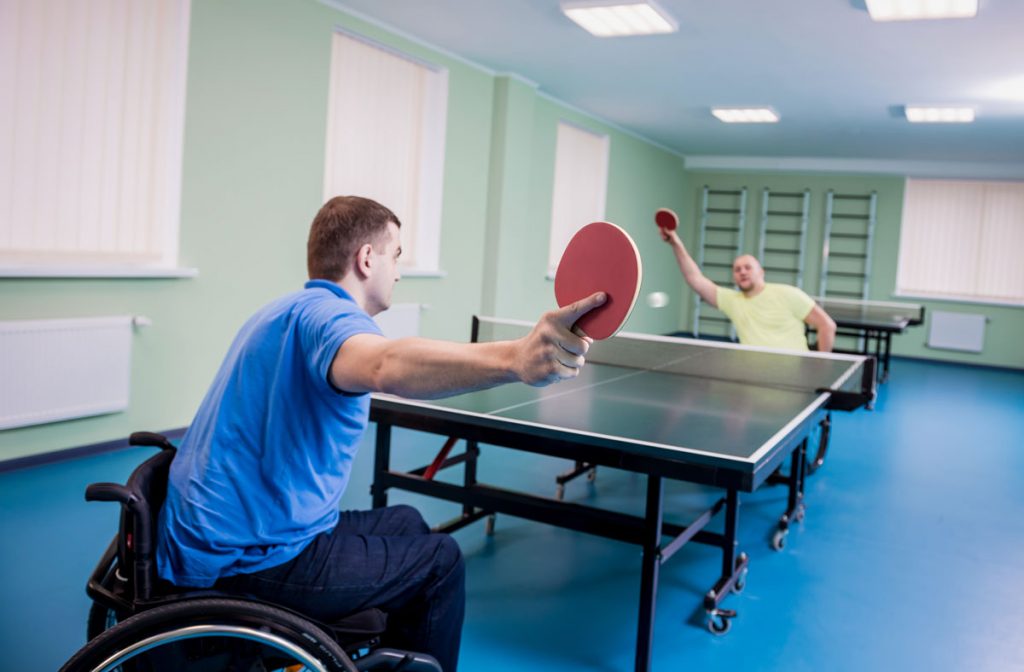Fascination About Dementia Fall Risk
Excitement About Dementia Fall Risk
Table of ContentsFascination About Dementia Fall RiskDementia Fall Risk Fundamentals ExplainedThe Single Strategy To Use For Dementia Fall Risk6 Simple Techniques For Dementia Fall Risk
An autumn threat evaluation checks to see just how most likely it is that you will fall. It is mainly provided for older grownups. The evaluation normally includes: This includes a collection of concerns regarding your general health and wellness and if you have actually had previous drops or troubles with equilibrium, standing, and/or walking. These tools test your toughness, balance, and gait (the means you walk).Interventions are recommendations that might reduce your danger of dropping. STEADI includes three steps: you for your danger of falling for your threat aspects that can be enhanced to attempt to protect against falls (for example, equilibrium troubles, damaged vision) to lower your threat of falling by making use of reliable strategies (for example, offering education and resources), you may be asked a number of questions including: Have you dropped in the previous year? Are you worried regarding dropping?
If it takes you 12 secs or more, it might indicate you are at greater threat for a fall. This test checks toughness and balance.
The placements will get tougher as you go. Stand with your feet side-by-side. Move one foot halfway ahead, so the instep is touching the big toe of your various other foot. Relocate one foot completely before the various other, so the toes are touching the heel of your various other foot.
Dementia Fall Risk - Questions
Many falls happen as a result of numerous contributing factors; as a result, taking care of the threat of falling begins with determining the elements that add to fall danger - Dementia Fall Risk. Some of the most appropriate danger elements consist of: History of prior fallsChronic medical conditionsAcute illnessImpaired stride and equilibrium, reduced extremity weaknessCognitive impairmentChanges in visionCertain risky medications and polypharmacyEnvironmental factors can also enhance the threat for drops, consisting of: Inadequate lightingUneven or damaged flooringWet or slippery floorsMissing or harmed hand rails and grab barsDamaged or improperly equipped devices, such as beds, wheelchairs, or walkersImproper usage of assistive devicesInadequate supervision of the individuals staying in the NF, consisting of those that display aggressive behaviorsA effective autumn danger administration program needs a comprehensive clinical assessment, with input from all members of the interdisciplinary team

The treatment Visit This Link plan should additionally consist of treatments that are system-based, such as those that advertise a safe setting (ideal lights, hand rails, get hold of bars, etc). The efficiency of the treatments should be reviewed regularly, and the care plan revised as necessary to mirror adjustments in the loss threat analysis. Carrying out a loss risk monitoring system making use of evidence-based best method can lower the occurrence of falls in the NF, while restricting the potential for fall-related injuries.
What Does Dementia Fall Risk Do?
The AGS/BGS guideline suggests evaluating all adults matured 65 years and older for fall threat yearly. This testing includes asking clients whether they have actually fallen 2 or more times in the previous year or sought clinical focus for an autumn, or, if they have actually not fallen, whether they feel unstable when strolling.
People who have actually dropped when without injury should have their balance and stride assessed; those with stride or equilibrium irregularities must receive extra assessment. A history of 1 autumn without injury and without stride or balance issues does not necessitate further evaluation past ongoing annual autumn danger screening. Dementia Fall Risk. A fall risk assessment is required as part of the Welcome to Medicare examination

The Basic Principles Of Dementia Fall Risk
Documenting a falls history is one of the high quality indications for loss anchor prevention and management. Psychoactive drugs in particular are independent predictors of drops.
Postural hypotension can frequently be alleviated by minimizing the dose of blood pressurelowering drugs and/or quiting medications that have orthostatic hypotension as an adverse effects. Usage of above-the-knee assistance tube and resting with the head of the bed boosted might likewise minimize postural reductions in blood stress. The advisable elements of a fall-focused physical evaluation are revealed in Box 1.

A pull time more than or equivalent to 12 secs recommends high loss threat. The 30-Second Chair Stand test evaluates lower extremity stamina and balance. Being not able to stand from a chair of knee height without utilizing one's arms shows increased fall danger. The 4-Stage Balance test analyzes fixed balance by having the individual stand in 4 settings, each gradually extra tough.